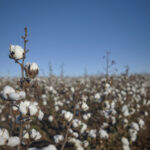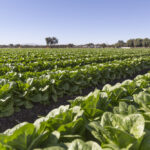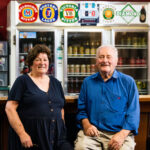Dry land, irrigation, integrated pest management, crop rotation. Most of these words and terms are…
Behind the scenes in our apple industry
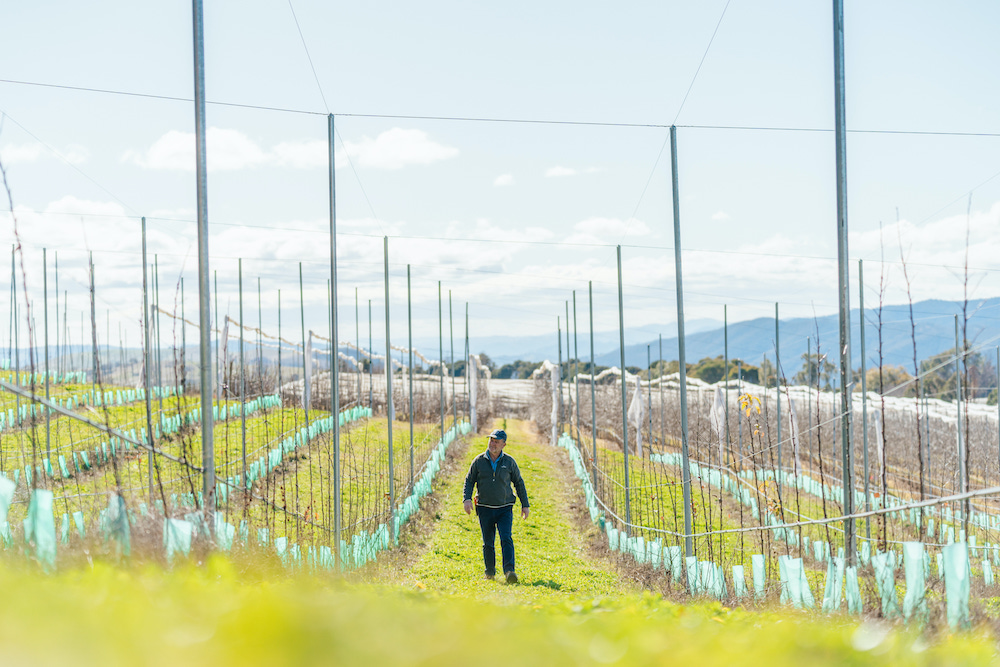
Australia’s apple industry contributed more than half a billion dollars to the economy in the 2020-21 financial year. Home to ‘The Big Apple’ fibreglass sculpture, NSW accounted for 9 per cent of national produce, growing 23,000 tonnes of fruit across the season, according to a new report by Rural Bank.
The 2022 apple harvest saw average yields of high quality fruit, which some growers are finding hard to sell according to NSW Farmers Horticulture Chair and apple grower Guy Gaeta.
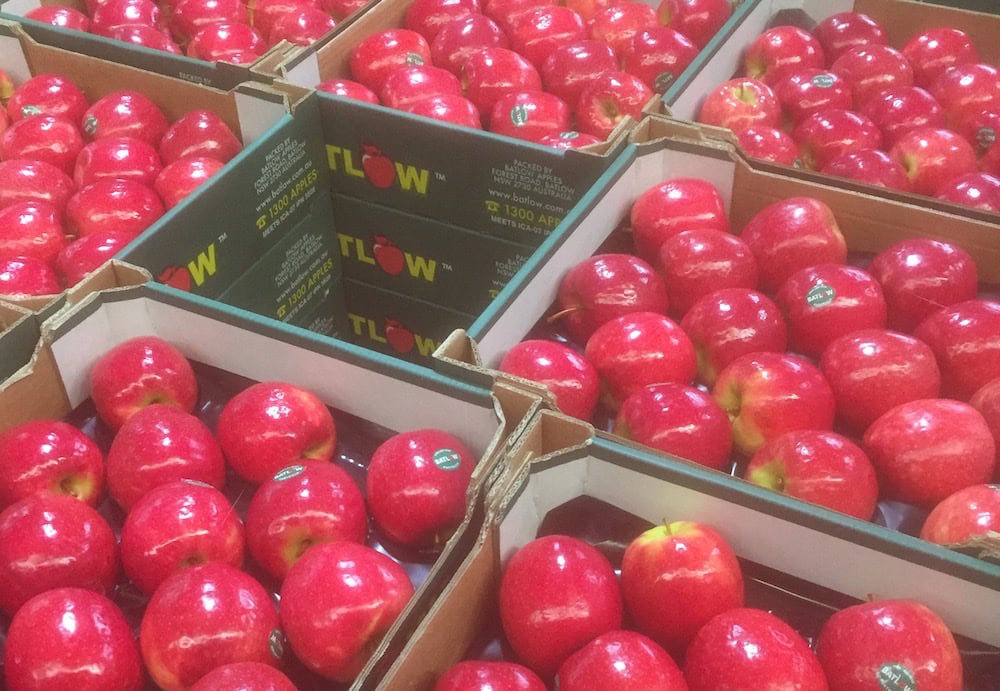
Guy blames high retail pricing of apples in the major supermarket chains for taking a bite out of consumer demand.
To get a better understanding of what it takes to earn coin growing what the United Nations’ Food Agriculture Organisation rates as the fourth most consumed fruit in the world, meet four growers that are doing pretty well out of it.
Here are their stories, told in their own words, warts and all.
Labour of love
“Last year there was an oversupply of apples in Australia and this year it tinkered towards an oversupply again,” says Andrew Desprez, regional orchard manager for Batlow Apples, a fruit company based in Batlow in the Snowy Mountains region of NSW celebrating its 100th anniversary this year. “We’re a premium apple growing district and tailor our produce to the higher end of the market and boutique grocers.
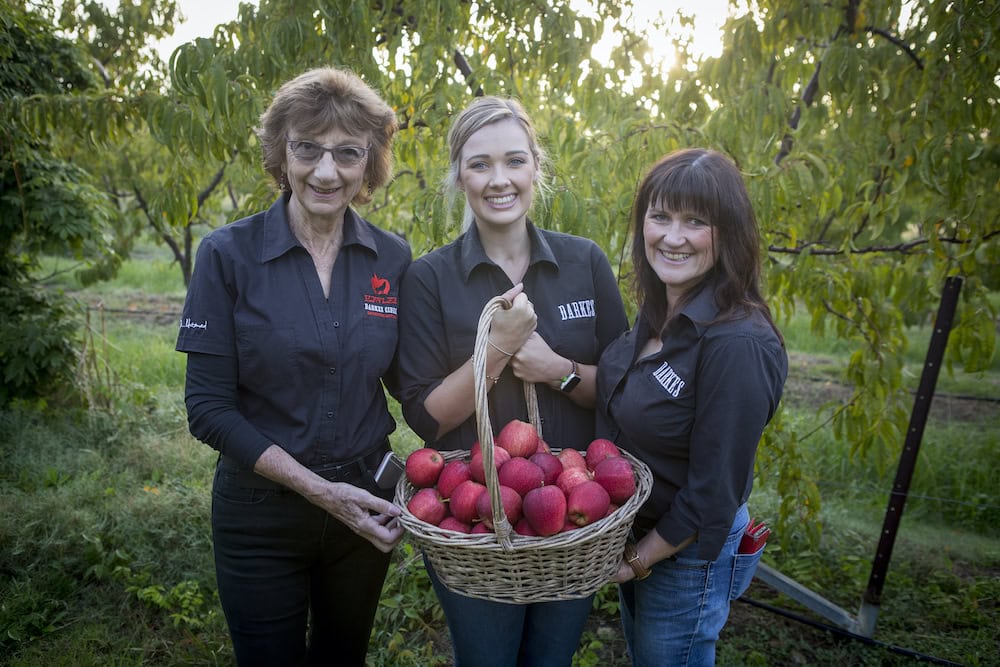
“The biggest challenge during the pandemic has been labour because of the lack of backpackers and very few skilled locals to draw on,” he says. “It’s very hard to get staff. I heard from our contractor that workers from Malaysia and Thailand are wanting to come out and work, but the government is really slow to sign off on visas. A shortage of contract labour and changes to the award is going to make it difficult, unless the labour supply from overseas is replenished before next season.
“An abundance of apples on the domestic market is putting pressure on pricing. Older varieties which are low density plantings are no longer viable, and this is placing pressure on growers and the industry. We have been undertaking a significant amount of orchard redevelopment over the last 10 years and this is placing us well for these difficult times. Patented varieties which are high density plantings have a great return, but even those are coming under pressure with the supply of apples on the market.”
So where is the industry going?
“You have to like a challenge to be in this industry and the pandemic has shown its future needs will be rationalisation, mechanisation and efficiencies for growers to reduce their costs and increase production per hectare,” says Andrew.
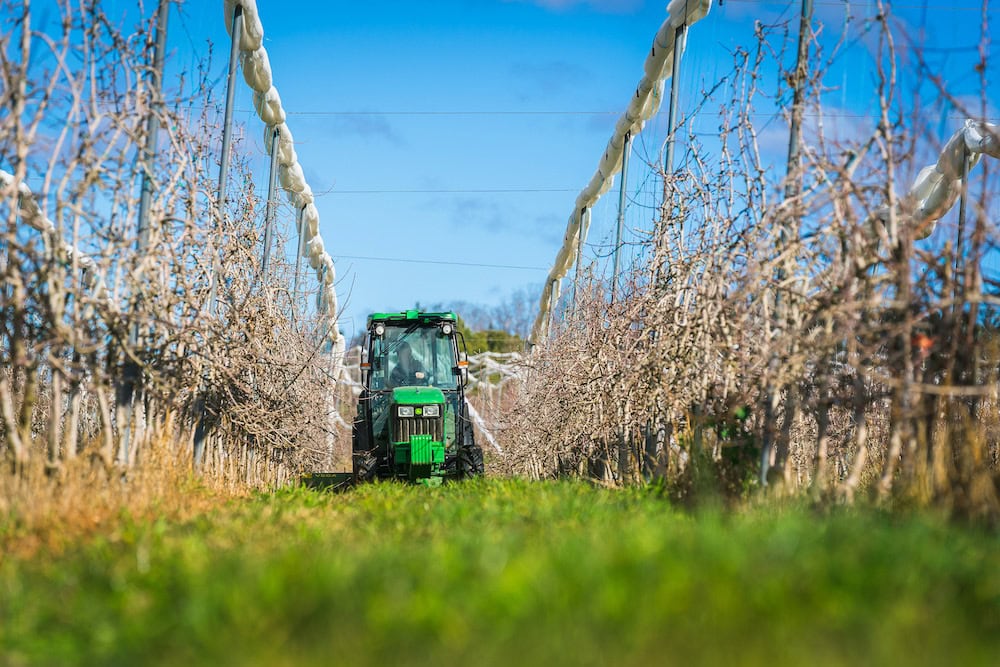
“There will be a lot more rationalisation within the industry. Growers will remove unproductive blocks and if they are to stay in the industry, they will need to replace them with better varieties and improved growing methods or leave the industry. Replacing trees and developing a new block is very expensive and there’s no return on investment for six or seven years, so that’s a big investment unless growers have been progressively replanting over time as part of their long term strategy.”
Apples in their DNA
“We have had to watch our friends sell their farms during Covid, and we are now the only commercial orchard left in our area. It’s been pretty tough,” says Jo-Anne Fahey, a fourth-generation farmer at Darkes Glenbernie Orchard – an apple orchard with a cidery, 30km north of Wollongong.
“We survived the pandemic because our family has always been inventive. We’ve always been at the forefront of new things and looking at new ways of making our business work and the pandemic was no different. Adapt or die. That’s the farmers’ life,” she says.
“A few months after the pandemic started we had to close our on-farm retail shop with a cellar door, that had become a primary source of income over many years. Not only was it impossible with all the restrictions but keeping it open meant putting our staff at risk. Then we sat down as a family and revised all our brands. We regrouped.”
The family developed a new website and created a system for online orders with click and pay facilities, integrated with delivery modes such as Australia Post.
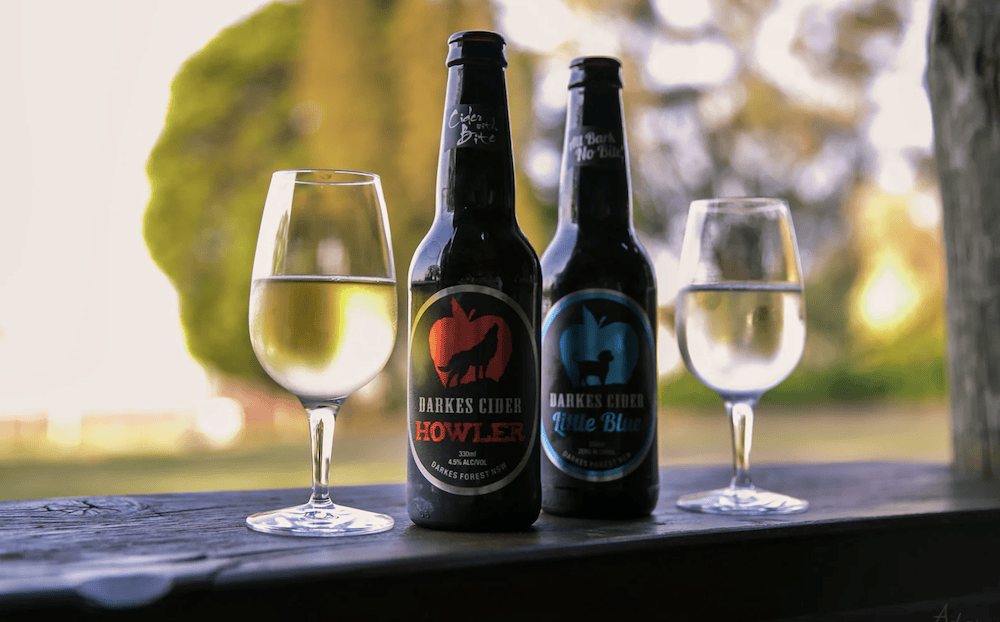
“We then started doing deliveries in our area and that really helped us move the fruit off our trees,” Jo-Anne says. “We also started making more cider but that meant putting first-grade fruit into cider – never a good idea – but we really didn’t have much choice. We just couldn’t sell at the volumes we used to and the prices are pretty low right now.”
Marketing their cider and finding new distribution methods in areas further from their farm is an ongoing challenge for the business, but Jo-Anne says it’s necessary now that they have extra cider capacity.
“We want to grow our cider footprint beyond our farm and local delivery area so that’s keeping us busy right now, along with attending all the food and wine festivals that are starting to pop up again. We have been trying to promote that we are still here!”
So what is the way forward for these farmers?
“Every farmer needs to look at their unique opportunities based on their location and strengths,” Jo-Anne says. “For some, the only way forward will be to subdivide and sell. That’d be much easier than what we’ve done but we have a very strong reason to stay. First, we like the area. We want to stay here. Secondly, our kids are interested in continuing on the farm. They will be fifth-generation apple farmers and they want to pass on the opportunity to their kids. It’s in our DNA.”
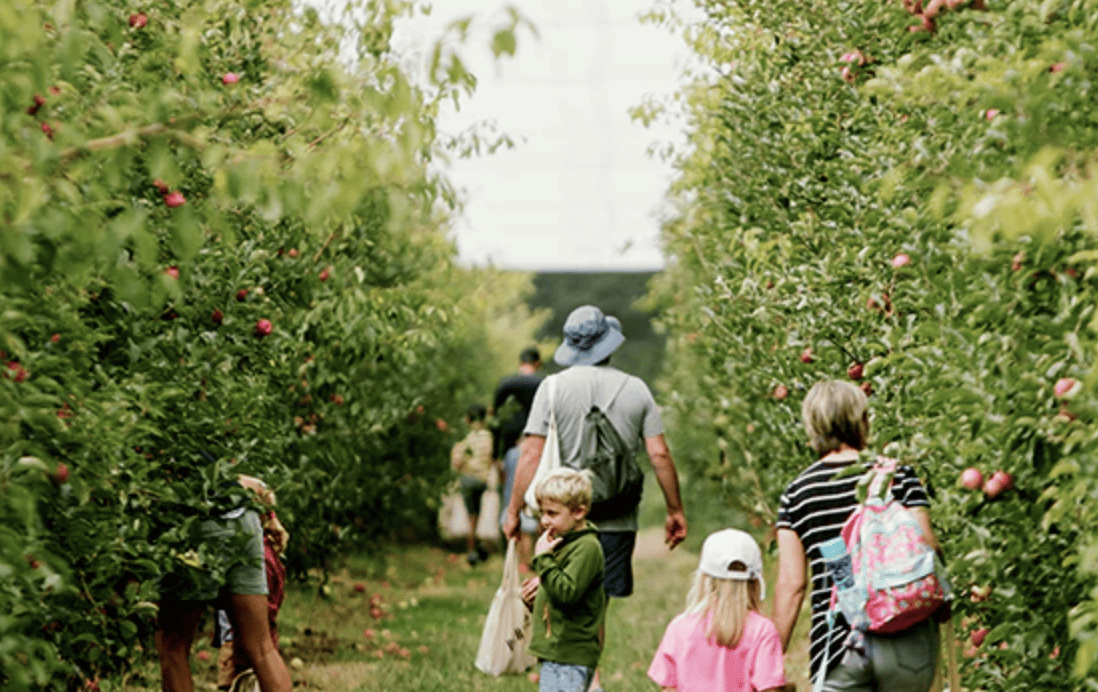
From farm to hotel
“We used to export granny smith apples to the UK back in the day, and we still have 1,000 trees,” says Steven Tilse of The Orchard Lodge at Roma Orchard. It’s a 35-acre mixed-enterprise at Moonan Flat in the Upper Hunter Region founded by Steven’s great-grandfather in 1916. “But realistically, the accommodation side of the business has taken over the orchard. I don’t call myself a farmer anymore.
“I think it’s too hard to make money from apples nowadays,” Steven says. “I don’t see how small apple farmers can make money with the cost of labour, packaging and fuel. They’ve all gone up, but apples are still selling for about $3.50kg at supermarkets – the same price they cost 20 years ago.
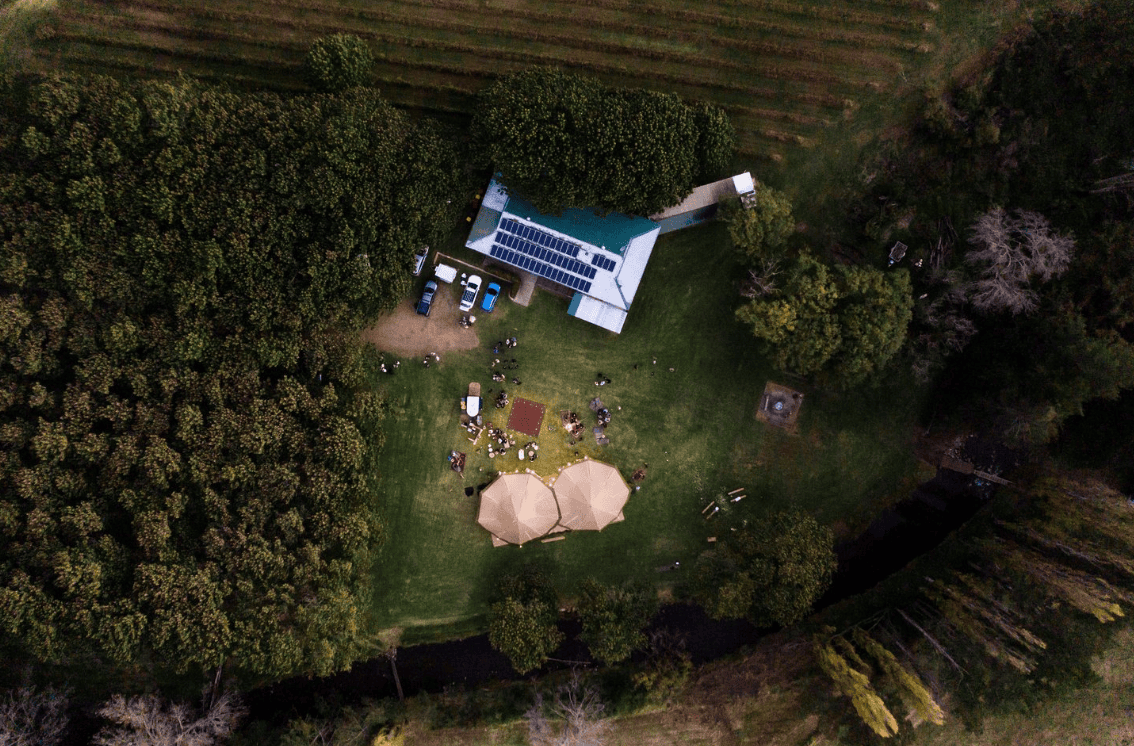
“We found a way to sell them that is 100 per cent better: an apple cider brand called Apple Truck Cider. We started it about 10 years ago and do quite well out of it because our nephew is closely involved in the bars around Newcastle. We produce 150,000 litres a year.”
Apples aside, Steven says the main money-spinner for them is the tourism side of the business. “We have 10 rooms and a beautiful location on the Hunter River. We don’t rent them out individually – it’s too much work – so we rent them out for weddings and groups only. All we have to do is keep it clean, mow the grass and market the place.
“The image of staying in the middle of an apple orchard is gorgeous, and there is no question that the concept works,” Steven says. “But the cost of maintaining the trees is becoming prohibitively expensive. We get most of our apples for our cider from larger farms – they can grow them cheaper than we can.
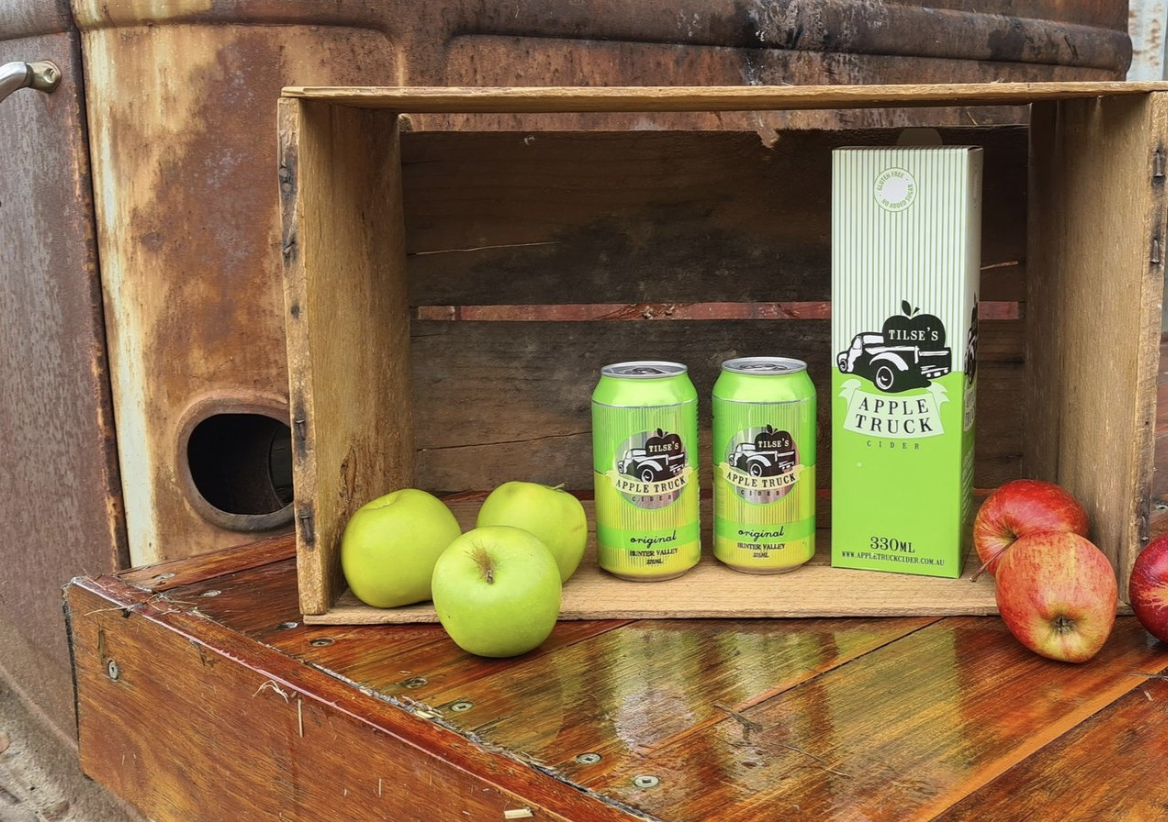
“My dad keeps on saying the apple industry is coming back but there are so many more fruits and vegetables available that people are just not interested in boring old apples now. We debate it all the time: how long do we keep on subsidising the orchard with the rest of the business?”
Refresh at Mouat’s Farm
Mouat’s Farm roadside stall is known by locals and visitors from afar as the place to stop when heading through the apple paradise that is the Batlow district.
The stall fronts a productive 44-hectare property that has been in Greg’s family since 1926 and is in renewal mode following the 2019 bushfires.
“The bushfires did a lot of damage to our farm and we are currently in a program of replanting. We put in about 5000 trees last year and another 4000 trees this winter,” Greg said.
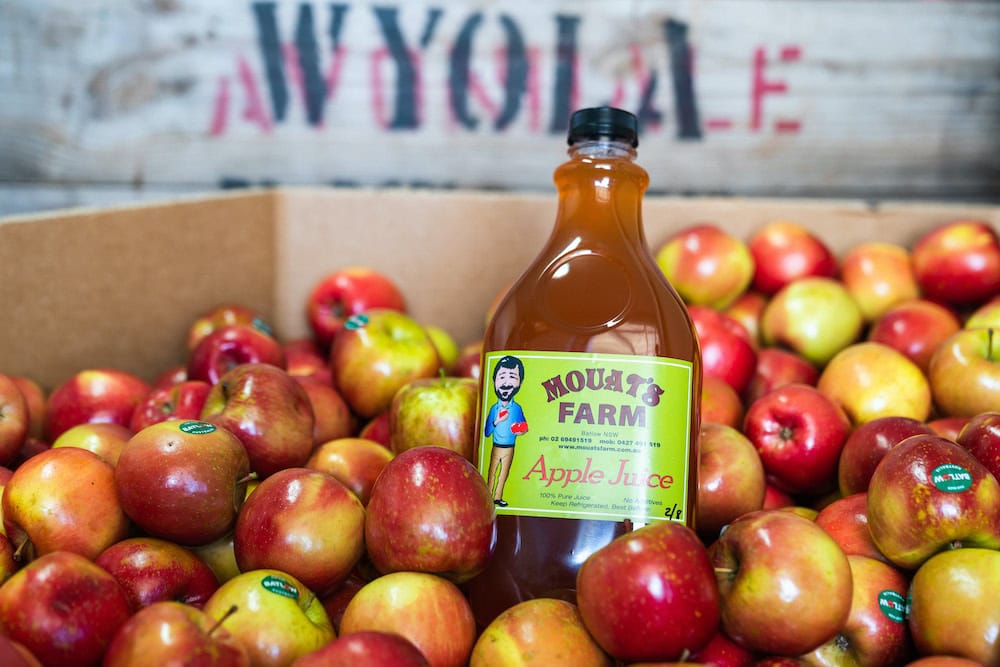
“We did not lose that many trees, but it’s best to replant a whole block because we are using new varieties, new planting densities and having to replace all the netting.
“The whole idea is to build it back better that we had before. It will be more productive with more modern varieties and more modern growing systems. We are planting trees at 3000 per hectare compared to the existing 1000 trees per hectare.
“There are some orchards I’ve been to that are planted at 10,000 trees per hectare. That requires significant capital input and management, we think what we are doing strikes a happy balance for a small family farm.
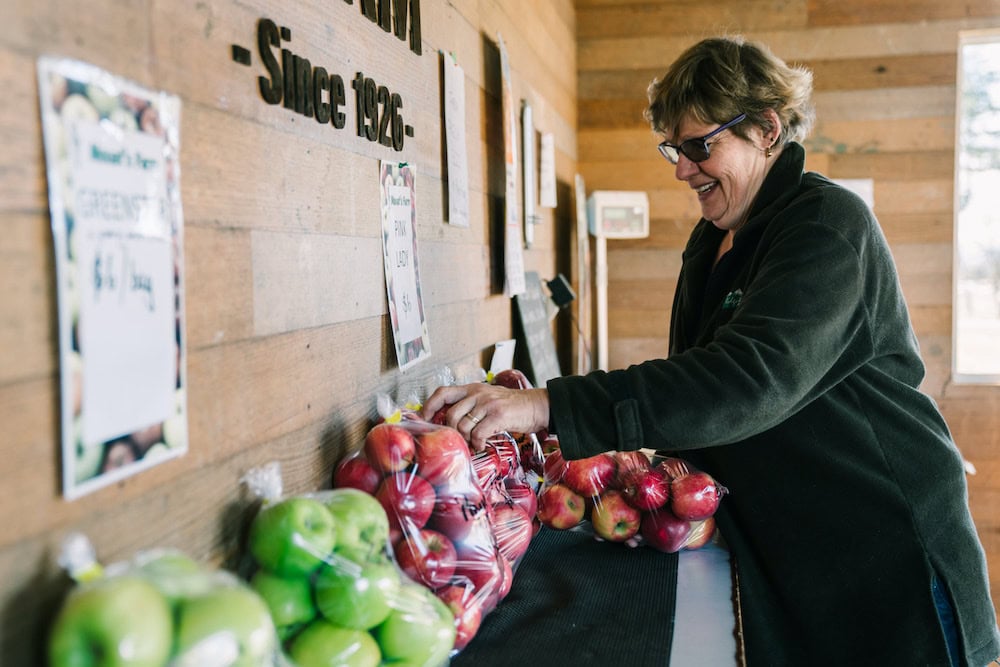
“I possibly won’t see the full benefit of these plantings of new varieties like Cosmic Crisp and a new red strain of Pink Lady, but the next generation is coming back into the business and that’s inspiring me to move ahead and modernise and make the orchard as viable as we can.
“We are also looking to diversify and value add. We have the roadside shop that we are looking to expand by adding in a cider to add to our fresh orchard crush apple juice. The roadside sales are important, we are selling a greater percentage of our crop through the shop until the new varieties come into production.
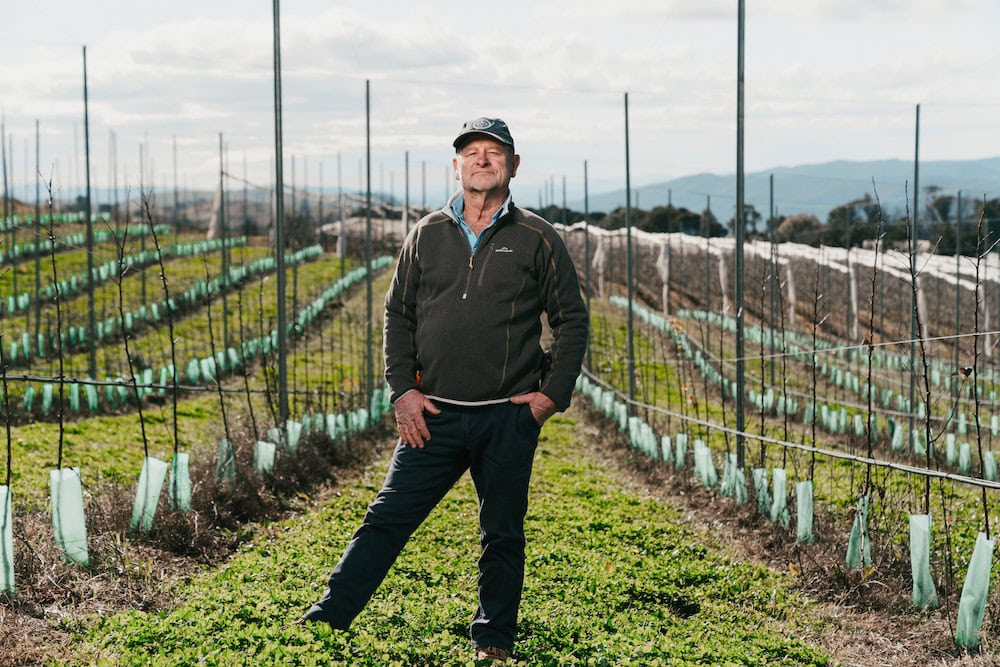
“We are still quite viable as a small family apple orchard despite the impact of the bushfires. Batlow is in a unique position for growing apples. It has long term high average rainfall, cold winters, very good soils and it’s got altitude. All those things marry up to make for a premier apple growing region. Plus it’s backed up by strong brand name, everyone knows Batlow apples.”
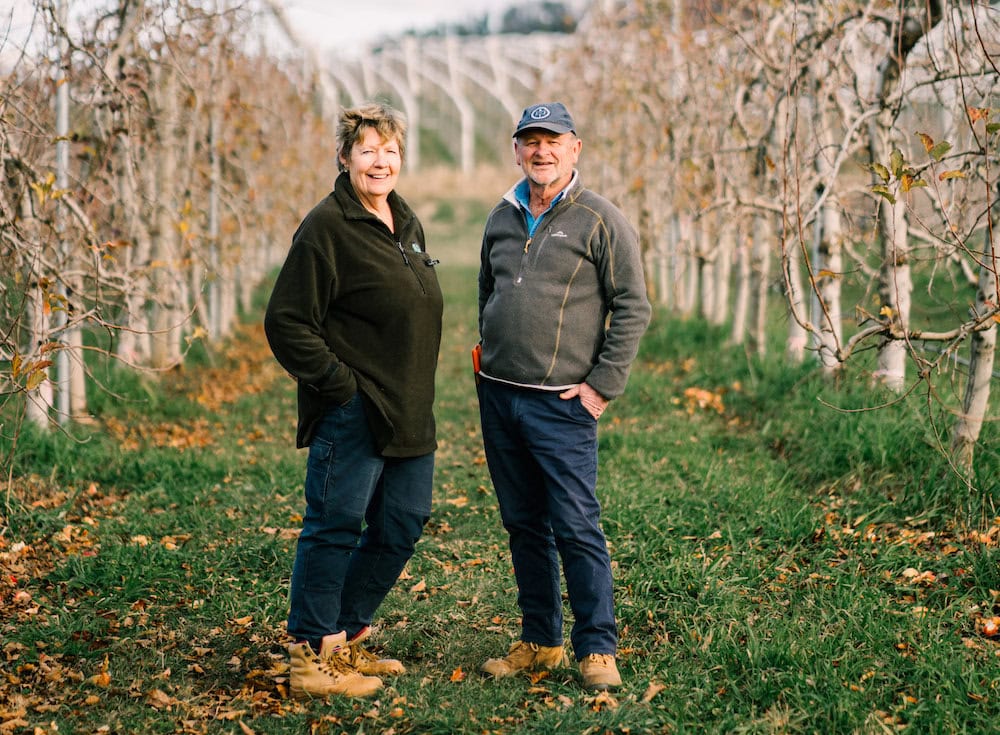
If you enjoyed this feature on our apple industry, you might like to read our story on the Varroa mite and its impact on ag.


